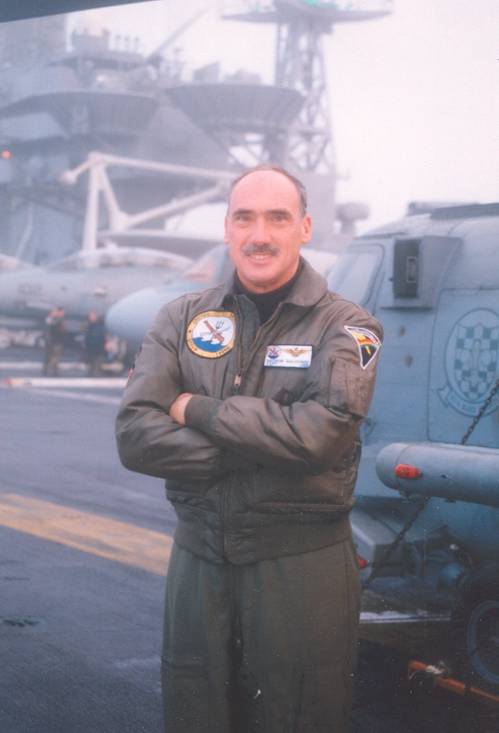Defense
Uncrewed Systems
Reagan National Defense Forum Highlights Uncrewed Maritime Systems
By George Galdorisi
A Triton unmanned surface vessel (USV), left, and a Devil Ray T-38 USV operate in the Red Sea, Aug. 19, 2022.
(U.S. Navy photo by Lt. Cmdr. Ray Miller IV)The Reagan National Defense Forum, held every year on a Saturday in early December, is one of the most important national security dialogues of the year. “Everyone who is anyone” in the national security space is either an invited speaker or an in-person attendee.
As the informed readership of Maritime Reporter and Engineering News knows, uncrewed surface vehicles (USVs) represent one of the most cutting-edge and innovative technologies in today’s defense space. Given the scope of this event, not every speaker’s remarks were directly focused on uncrewed surface vehicles. That said, what was discussed regarding national security were gaps that the U.S. military needs to fill. Unsurprisingly, discussions regarding technology, innovation and other issues had a strong emphasis on these USVs.
During his remarks, the Director, Defense Innovation Unit, Mr. Doug Beck, described lessons learned about the use of disruptive technologies in the conflicts in Gaza and Ukraine, and especially the relevance of new technologies on the battlefield, especially uncrewed systems. He highlighted Ukraine’s use of armed USV to destroy or disable numerous Russian ships.
As the PACOM Commander, Admiral John Aquilino, pointed out during this event, the United States needs to understand that our primary peer adversary, China, is also watching these conflicts carefully to develop the force structure, doctrine, tactics, techniques and procedures to prevail against the United States. Referring to the ways that Ukraine was able to synchronize the effects of legacy and new platforms, systems, sensors, and weapons, he noted that one lesson for the United States is that the ability to synchronize the efforts of uncrewed surface vehicles.
Secretary of the Air Force, Mr. Frank Kendall, noted that one of the important lessons we learned from the conflicts in Gaza and Ukraine is the growing need for more autonomy in uncrewed systems in all domains. He called out Israel’s Harpy system (an unmanned, loitering, weaponized autonomous UAS) as one example of the kind of weapon that will be important in any conflict in the Indo-Pacific region.
During her remarks at this event, Chief of Naval Operations, Admiral Lisa Franchetti, called out uncrewed surface systems, which were used with deadly effect in the war in Ukraine, as key assets in any conflict with a peer competitor. She cited the work of the Navy’s Unmanned Task Force as well as numerous exercises, experiments, and demonstrations to put uncrewed surface systems in the hands of Sailors and Marines to determine its usefulness. Admiral Franchetti spoke explicitly about the work of Commander Task Force 59 in the Arabian Gulf, as well as the Integrated Battle Problem series of exercises where platforms such as Saildrone, MANTAS and Devil Ray boats performed several missions.
Some might be surprised that a conference featuring such senior officials would include discussions of a technology as specific as uncrewed maritime systems (UMS). However, in an era of great power competition, UMS have begun to take center stage and are now on an accelerated development path for reasons that are clear. Like their air and ground counterparts, these uncrewed maritime systems are valued because of their ability to reduce the risk to human life in high threat areas, to deliver persistent surveillance over areas of interest, and to provide options to warfighters that derive from the inherent advantages of uncrewed technologies.
Future articles in Maritime Reporter and Engineering News will provide updates on this rapidly emerging technology that has the potential to transform warfare.

About the Author
Captain George Galdorisi (USN – retired) is a career naval aviator whose thirty years of active duty service included four command tours and five years as a carrier strike group chief of staff. He is the author of 15 books, including four New York Times best-sellers. The views presented are those of the author, and do not reflect the views of the Department of the Navy or the Department of Defense.
